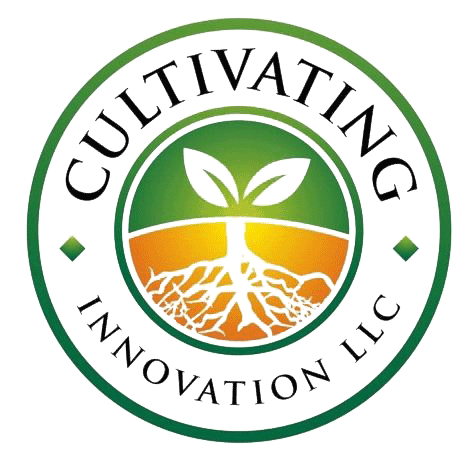The Cultivating Innovation team is happy to work one-on-one with each customer to help maximize productivity and profitability all year long.
Crop Protection
Crop Scouting
Drone Imagery/Aerial Field Mapping
Field Plans
Fertilizer
Granular Digital Solutions
Nutrient Management Plans
Seed Delivery
Grid Sampling
Seed Treatment
Tissue Sampling
Variable Rate Nitrogen
Variable Rate Seeding
Yield Mapping
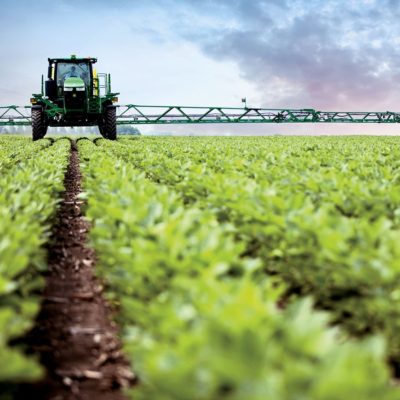
Pick the proven, high-quality products that can help protect your crops from yield-reducing threats like weeds, disease, insects, and fungi. We’ll create an ideal mix of products to fight off your crop challenges.
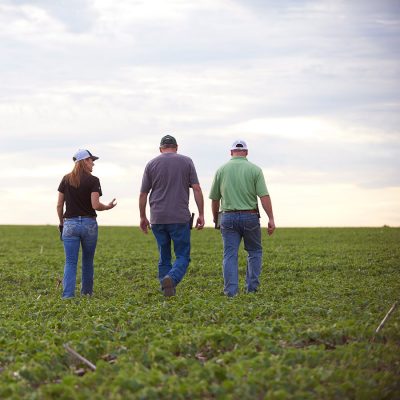
What’s happening in your fields? Let us put our boots on the ground to find out. We combine years of experience, knowledge of the area’s current crop pressures, and best practices to efficiently scout fields. The insights we gain from this firsthand examination can help you make the best crop treatment decisions, all through the growing season.
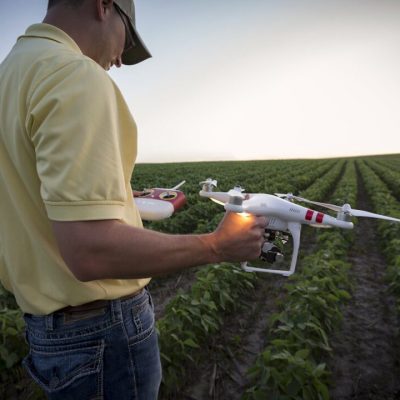
The partnership of Corteva Flight DroneDeploy lets us offer local growers some outstanding agronomic insights. The combination of DroneDeploy's advanced mapping software and Corteva's field expertise offers growers optimal product placement data, along with accurate diagnoses of agronomic, disease, and pest concerns.
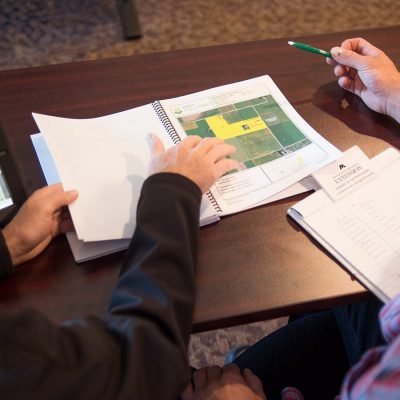
To succeed in farming, you have to plan ahead. Way ahead. Our detailed product placement plans help maximize productivity on every acre.
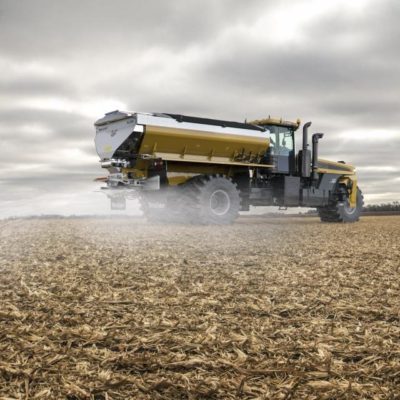
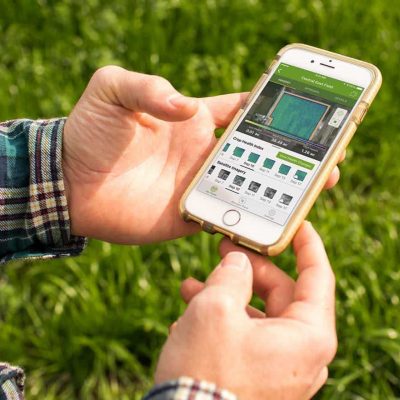
The more you know, the better your decisions will be. We use an industry-leading digital system to gather and integrate financial and agronomic data: field plans, input costs, breakevens, and more.
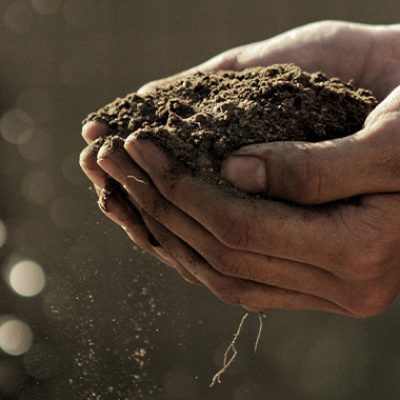
We’ll help you get the maximum benefit from every ounce of nutrients used in your operation. Our cost-effective plans can balance soil nutrient inputs with crop requirements, thus minimizing waste and runoff.
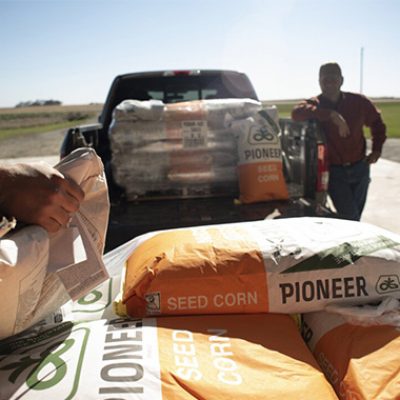
We provide reliable seed delivery. Just tell us where and when you want your seed, and we’ll do the rest.

Sampling methods based on Tri-State Recommendations. Grid sampling provides spatial information regarding nutrient levels and allows for an even more customized application of fertilizer, only placing fertilizer where it is needed. Soil samples will be taken when no crop is being actively grown on a field, generally in the fall after harvest or in the spring prior to planting. The best practice is to plan on sampling each field every 3 to 4 years. Sampling depth will be 0-8” for fields on which tillage occurs, and 0-4” and 4-8” for no-till fields. Samples will be taken in 2.5-acre grids. Samples will then be submitted to Spectrum Analytic and analyzed using their S1 test (includes soil pH, buffer pH, organic matter, available phosphorous, exchangeable potassium, magnesium, calcium, cation exchange capacity (CEC), and percent base saturation of cation elements. If additional nutrients are desired, please let Chris or Katie know prior to sampling so that they may submit the samples for the proper tests. Please be aware that additional nutrient analysis may require additional fees.

LumiGEN™ seed treatment technology has been designed and tested specifically to protect Pioneer genetics. These products offer unique recipes of insecticides and fungicides with multiple modes of action to defend your crops against a wide range of threats. Give your seeds a strong start and maximize your ROI; use LumiGEN seed treatment.
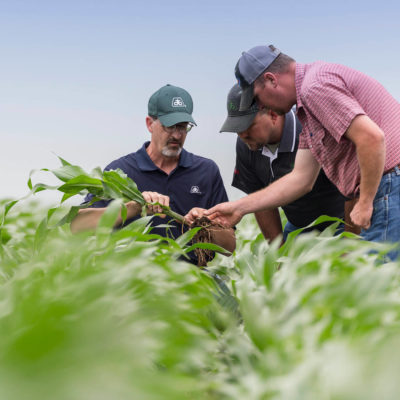
Tissue analysis is the best way to determine nutrient levels and find nutrient deficiencies in your crops. While this technique can’t be used to make fertilizer recommendations, the information it provides can complement your soil testing. For instance, if a soil test shows symptoms of a manganese deficiency and tissue analysis confirms it, you might want to test your soil in the off-season. Perhaps your soil pH is too high, which would make the manganese less available to the plants. We base our tissue-sampling methods on Spectrum Analytic’s Plant Sampling Guide so they’ll be consistent with the analysis you need. We’ll forward the results to you along with our recommendations.

Variable Rate Nitrogen (VR-N) works within your field conditions to apply more nitrogen in the areas that need it and less where it won’t have an effect on yield. There’s nothing cut and dried about nitrogen use; seasonal variability (weather and other factors) has a significant impact on the optimal rate of nitrogen use. According to a number of studies, VR-N has the potential to increase the efficiency and profitability of using nitrogen. Variable-rate seeding prescriptions are another smart way to use your inputs. By increasing or reducing rates in the appropriate areas, you can get the most value out of every acre. Here at Cultivating Innovation, we use software that creates the ideal prescription for use in your planter. This prescription can then be used in any monitor/planter combination that has VRS capability.
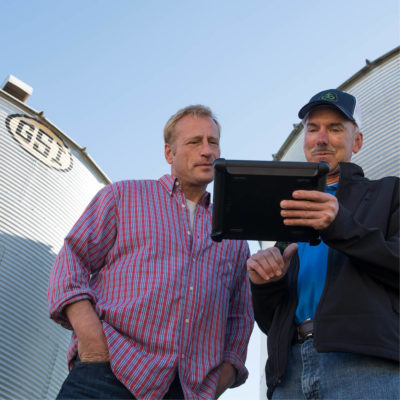
We offer variable-rate seeding (VRS), a precision agricultural technology that can accurately adjust your seeding rate according to soil nutrient levels, light, water storage capacity, and other factors. Not only can this increase your yield, but it can reduce the amount of seed used. VRS has the potential to cut your crop input costs in areas of low productivity while increasing yields in those of high productivity. VRS also lets you optimize seed inputs spatially by matching plant populations with your fields’ productivity zones. This is accomplished by creating a prescription that will be used by a planter with variable-rate capability.
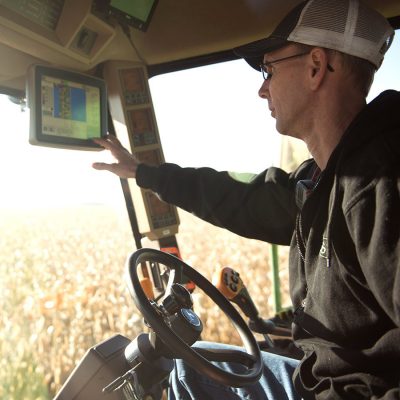
Our precise yield mapping gives you the data you need to select the right seed, track trends, keep input costs to a minimum, and more. This detailed data helps you get maximum yield potential from every acre of cropland.
